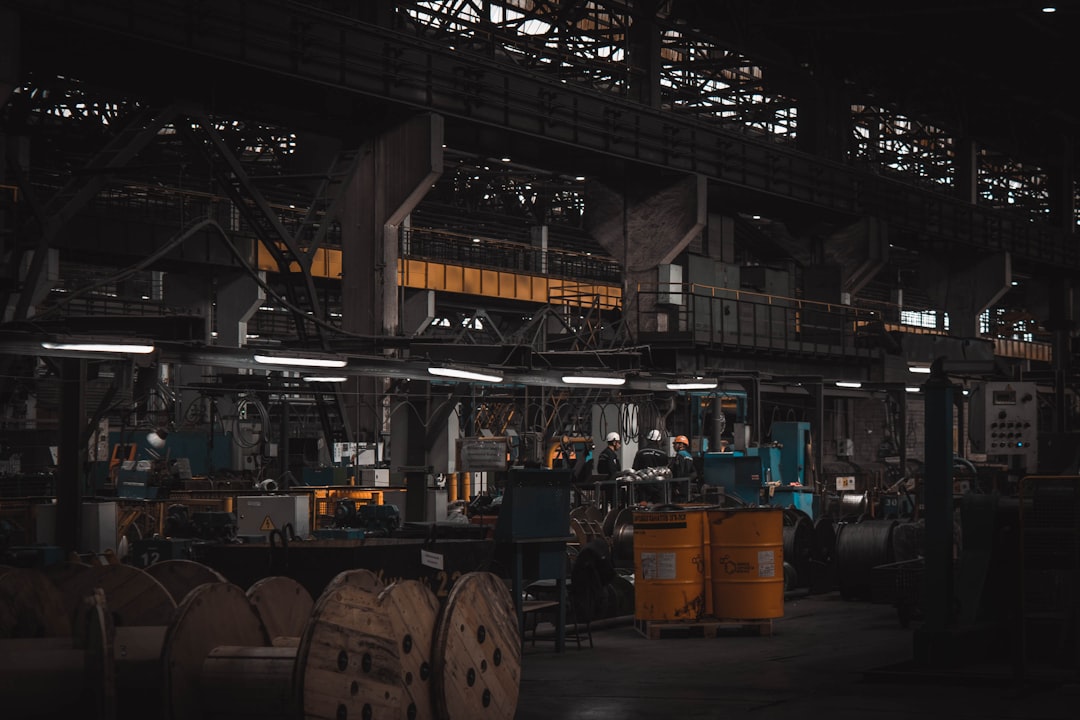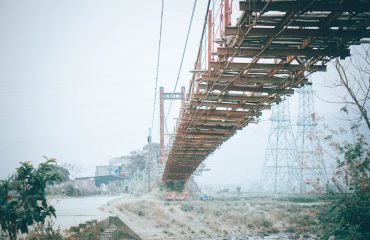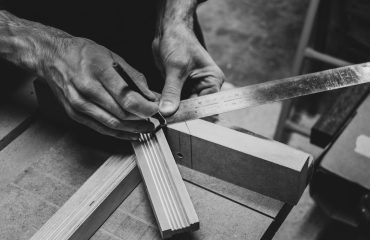body { font-family: sans-serif; line-height: 1.6; }
h1, h2, h3 { color: #333; }
img { max-width: 100%; height: auto; }
The maritime industry relies heavily on robust and reliable materials, and steel pipes form a crucial backbone in the construction and operation of ships. From intricate piping systems to structural components, the choice of steel pipe significantly impacts a vessel’s safety, efficiency, and longevity. This comprehensive guide delves into the world of steel pipes used in shipbuilding, exploring their various types, applications, and the critical considerations involved in their selection.
Types of Steel Pipes Used in Shipbuilding
Shipbuilding employs a diverse range of steel pipes, each tailored to specific applications based on their properties. Common types include:
- Carbon Steel Pipes: These are the most prevalent, offering a good balance of strength, weldability, and cost-effectiveness. Grades like ASTM A53 and ASTM A106 are frequently used for various piping systems.
- Alloy Steel Pipes: For applications demanding higher strength, corrosion resistance, or ability to withstand extreme temperatures (like those in boiler systems), alloy steels such as those conforming to ASTM A335 are employed. These often contain elements like chromium, molybdenum, or nickel.
- Stainless Steel Pipes: Where corrosion resistance is paramount, particularly in marine environments, stainless steel pipes (e.g., grades 304 and 316) are indispensable. They are used in areas exposed to seawater, chemicals, or high humidity.
- ERW (Electric Resistance Welded) Pipes: A cost-effective solution for larger diameter pipes, ERW pipes are produced by welding a steel strip. However, their strength may be slightly lower than seamless pipes in some applications.
- Seamless Steel Pipes: Offering superior strength and integrity, seamless pipes are manufactured without welds, making them ideal for high-pressure applications and critical systems.
Applications of Steel Pipes in Ship Construction
The versatility of steel pipes makes them essential across numerous ship systems:
- Piping Systems: This is the most common application, encompassing systems for water, fuel, oil, chemicals, and compressed air. The choice of pipe type depends on the fluid’s properties and pressure requirements.
- Structural Support: Steel pipes are used as structural members in various parts of the ship, providing support and reinforcement. Their hollow structure makes them lightweight yet strong.
- Handrails and Ladders: Steel pipes form the framework for handrails and ladders, ensuring safety and accessibility throughout the vessel.
- Boiler Systems: High-pressure and high-temperature boiler systems necessitate the use of specialized alloy steel pipes to withstand extreme conditions.
- Fire Protection Systems: Steel pipes are integral to fire sprinkler and fire suppression systems, ensuring the safety of the crew and vessel.
Standards and Regulations for Steel Pipes in Shipbuilding
The shipbuilding industry adheres to stringent standards and regulations to ensure the safety and reliability of vessels. Steel pipes used in shipbuilding must meet specific requirements outlined in various international and national standards, including:
- ISO Standards: The International Organization for Standardization (ISO) publishes numerous standards related to steel pipes, covering aspects like dimensions, tolerances, and material properties.
- ASTM Standards: The American Society for Testing and Materials (ASTM) provides comprehensive standards for various steel pipe grades, specifying chemical composition, mechanical properties, and testing procedures.
- Classification Society Rules: Classification societies like DNV GL, ABS, and Lloyd’s Register set stringent rules for the design, construction, and materials used in shipbuilding, ensuring compliance with safety and performance standards.
- National Standards: Many countries have their own national standards related to steel pipes, often aligning with or referencing international standards.
Factors to Consider When Selecting Steel Pipes for Shipbuilding
Selecting the appropriate steel pipe requires careful consideration of several factors:
- Pressure and Temperature Ratings: The pipe must be able to withstand the operating pressure and temperature of the fluid it will carry.
- Corrosion Resistance: The choice of material should account for the corrosive environment, particularly in marine applications. Stainless steel is often preferred in such scenarios.
- Weldability: If welding is required, the pipe’s weldability is a critical factor. Some alloy steels may require specialized welding techniques.
- Cost: While performance is paramount, cost is also a significant factor in large-scale shipbuilding projects.
- Availability: Ensuring the timely availability of the required pipe type and quantity is crucial for project scheduling.
Quality Control and Testing of Steel Pipes
Rigorous quality control and testing are essential throughout the selection, procurement, and installation process of steel pipes in shipbuilding. This involves:
- Material Testing: Verification of the chemical composition and mechanical properties of the steel to ensure compliance with the specified standards.
- Dimensional Inspection: Checking the pipe’s dimensions, wall thickness, and tolerances to ensure accuracy.
- Non-Destructive Testing (NDT): Employing techniques like ultrasonic testing, radiographic testing, and magnetic particle inspection to detect internal flaws or defects.
- Hydrostatic Testing: Pressurizing the pipes with water to verify their ability to withstand operating pressures.
- Documentation and Traceability: Maintaining detailed records of all testing and inspection procedures to ensure traceability and accountability.
By carefully considering the factors discussed above, shipbuilders can select the optimal steel pipes to ensure the safety, reliability, and longevity of their vessels. The use of appropriate materials and stringent quality control measures are critical for the success of any shipbuilding project.
SEO Tags: Steel pipes shipbuilding, marine steel pipes, shipbuilding materials, ASTM steel pipes, pipe selection shipbuilding




